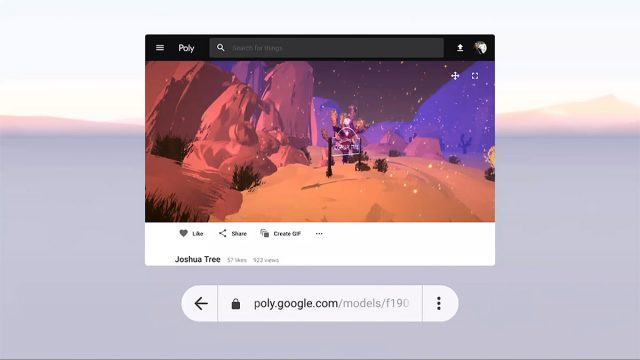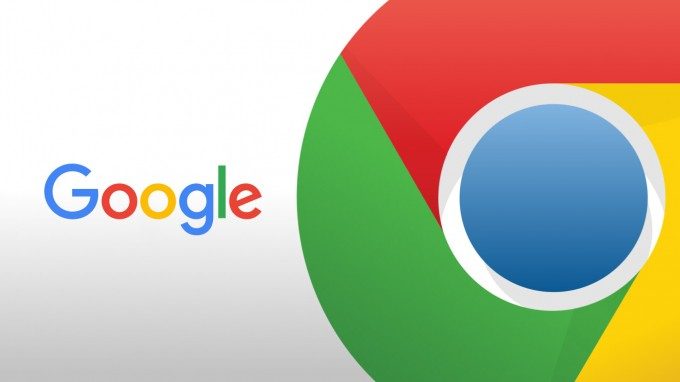The Lenovo Mirage Solo, the first standalone Daydream headset, launched just last week. In our review we noted it odd that the headset didn’t have access to a VR web browser. But that’s soon to change, as Google has now confirmed that Chrome is on its way to standalone Daydream headsets.
Speaking at Google I/O 2018 this week, Google’s Brandon Jones updated developers on the state of WebXR, a successor to WebVR, which is designed to bring AR and VR experience through the web browser. He also mentioned in his presentation that a new version of Chrome is coming which will allow Daydream shell headsets to launch a VR version of the app directly from inside of the headset, rather than first launching the app on the phone and then docking into the headset to browse WebVR content. Jones said that using the new version of Chrome in a Daydream shell headset to seamlessly switch between standard web browsing and WebXR content felt a “just a little bit magical.”


But because Lenovo’s Mirage Solo standalone Daydream headset isn’t a phone, it can only access the apps that appear inside the headset’s Daydream app store, which doesn’t include Chrome (since the browser isn’t a full VR app, it only offers some extra VR functionality).
I reached out to Jones by Twitter to ask about this discrepancy.
“It’s not in the VR store just yet because there’s still a couple of dependencies that we have on the 2D mobile UI,” he told me. “We’re actively working on it, though! We’ll make an announcement when Chrome is ready for standalone headsets.”
That’s good news for the Mirage Solo and any future standalone Daydream headsets because it means the opening of a crucial new content window for the headset.

